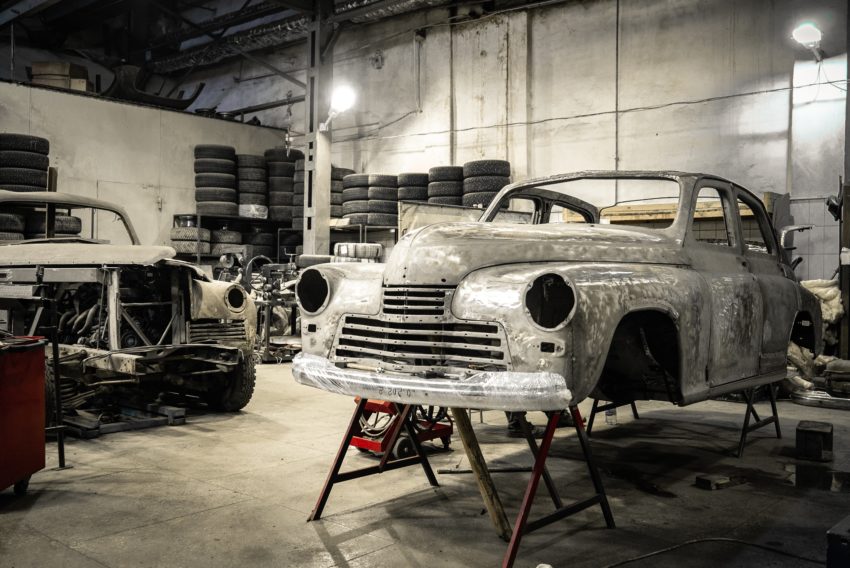
In the complex world of automobile production, each part is essential to the quality, reliability, and durability of the finished product. Metal stripping is a step in the manufacturing process that has a major impact on vehicle quality despite receiving little attention. Metal stripping, a process used to remove rust, corrosion, and other undesired layers from metal surfaces, is crucial in the manufacturing of cars.
What is Metal Stripping?
Metal stripping, often known as paint stripping or coating removal, removes coatings and other layers from metal. To do this, the metal is subjected to a series of processes that might be either chemical, mechanical, or thermal in nature. Metal stripping is done to prepare the metal’s surface for subsequent processing or finishing, increasing its performance and durability.
Metal stripping has an important and varied purpose in the automobile industry, influencing the appearance and performance of cars.
How Metal Stripping Plays a Role in the Automotive Industry
Paint Removal and Surface Preparation
Metal stripping is mostly used in the auto sector to remove paint. Vehicles need to have their old paint stripped off before they can be refinished or repainted. Abrasive blasting and chemical stripping are typical metal stripping techniques used to prepare vehicle bodies for refinishing by removing rust, paint, and primer.
Rust and Corrosion Removal
Rust and corrosion weaken the structural integrity of car parts, which can cause accidents. Rust and corrosion can significantly shorten the lifespan of essential components like the chassis, suspension, and brakes, but these problems can be remedied with metal stripping procedures.
Welding and Fabrication
Welding and metal fabrication are required to assemble several metal components and body panels in automobile production. By removing any coatings or contaminants from the metal beforehand, metal stripping assures that the welds will be robust and long-lasting. In addition to improving the car’s overall quality, this helps engineers achieve things like perfect fits and seamless integration.
Restoration of Vintage Cars
Removing paint and rust from classic cars before restoring them is common practice. The metal stripping of these ancient cars is a crucial step in ensuring that they will be enjoyed by collectors and fans for years to come.
Other Industries Affected by Metal Stripping
Although the automobile industry gains greatly from metal stripping, many other industries are also influenced.
Aerospace Industry:
The aerospace sector relies heavily on metal stripping for MRO (maintenance, repair, and overhaul) services. It keeps the aircraft’s frame and landing gear in good working order and free of corrosion.
Marine Industry:
Metal stripping is crucial in shipbuilding and marine maintenance to protect ship hulls and other structures from corrosion. It’s crucial for making ships last longer and being safer at sea.
Industrial Equipment and Machinery: Metal stripping is necessary for many industrial equipment and machinery to keep them functioning and looking good. Some examples of tools and machinery that benefit from regular stripping and refinishing are those used in agriculture, construction, and industry.
Conclusion
Metal stripping is a key procedure that improves the quality, safety, and longevity of products in the automobile industry and beyond. Metal stripping is essential for maintaining the quality of metals in many industries, from protecting aircraft components from corrosion to prepping cars for a new coat of paint. Sustainable manufacturing practices and a cleaner, safer environment for all can be supported by the growth of industries, aided by the creation of eco-friendly and effective metal stripping methods.